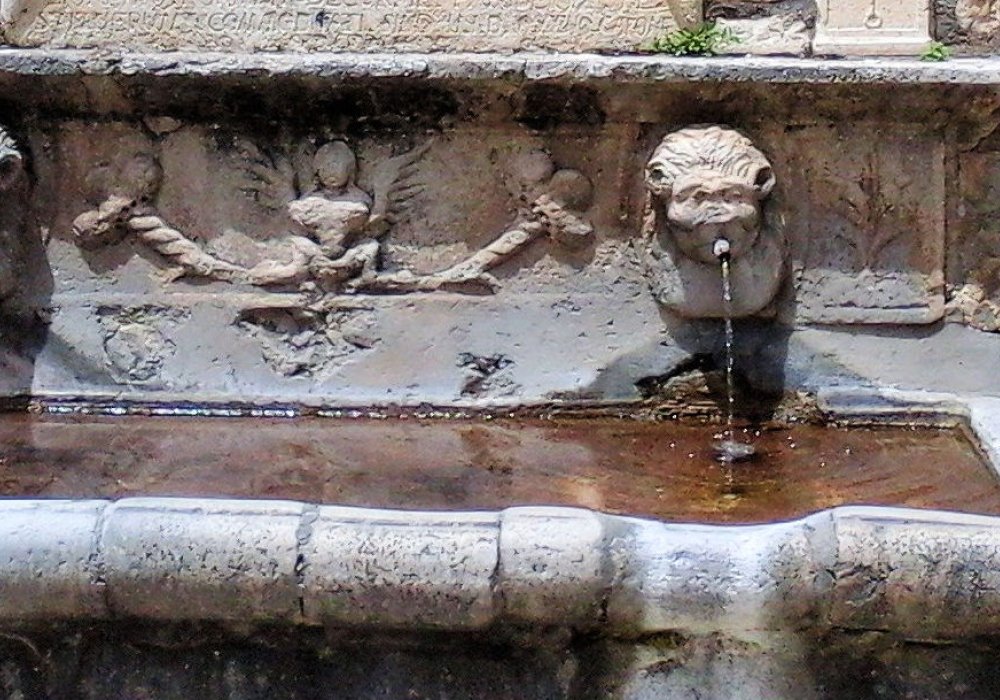Public Fountains (Fontane pubbliche)

In the past there were three kinds of fountains: for drinking (also used as troughs or abbeveratoi), for washing clothes (also known as lavatoi) or for decoration. If you are traveling to your Ancestral town, most likely you will find a public fountain.
From Roman times until the end of the 19th century, fountains operated by gravity, requiring a source of water higher than the fountain itself to make the water flow.
One occupation that we don’t see listed very often in old Italian family documents is the “fontanaro”: he was the town's plumber in charge of the maintenance of all public fountains. Homes did not have indoor plumbing in old times, therefore clothes were washed in public fountains (lavatoi), women would collect drinking water from public fountains and animals would drink from troughs. Making sure that water was provided to the town’s residents on a daily basis was essential.
We found this public fountain in the ancient town of Gesualdo, located in the province of Avellino (Campania). The town is also known as the “The City of the Prince of Musicians," in honor of Carlo Gesualdo, Italian musician, composer and “murderer” who lived here in the 1500s. The name of the town comes from its founder, Gesualdo, a Lombard knight who, in the year 660AD, built a fortress (Castello di Gesualdo) around which houses were built and the town expanded. It was indeed Carlo Gesualdo, the last lord of the family who transformed the castle into a refined palace to host his court of writers, poets and musicians; it is here that he composed a great number of madrigals. Carlo also built three churches and two monasteries and yet he is perhaps better known for having brutally murdered his wife and her lover, among others…
